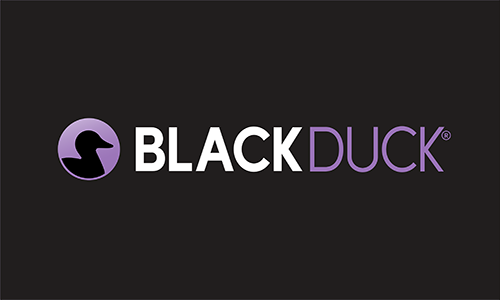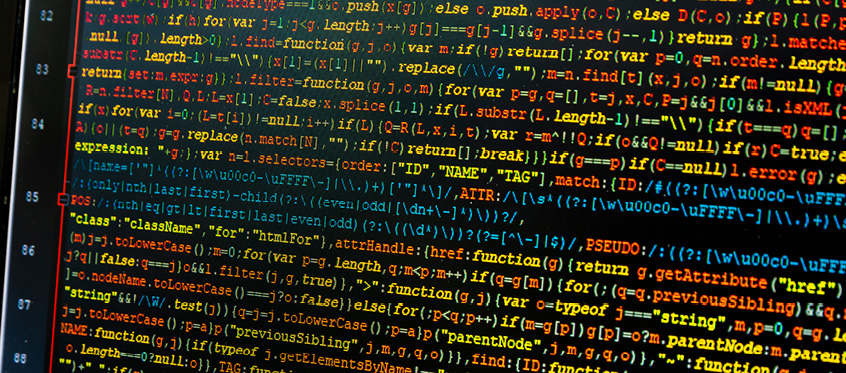Subscribe
The DeepSeek utility is currently making waves in the field of AI large language models (LLMs). A significant part of this excitement stems from the licensing model associated with it. Although the source code for DeepSeek is licensed under the permissive MIT license, the DeepSeek model itself is governed by the DeepSeek license, which does not meet the definition of an open source license. This duality has sparked much discussion in the AI community.
The DeepSeek license: A dual nature
The DeepSeek license uniquely blends elements of both permissive and restrictive licensing. On one hand, it grants broad rights to use, reproduce, and distribute the model and its derivatives. These rights are perpetual, worldwide, nonexclusive, and royalty-free, covering both copyright and certain patent claims. This is reminiscent of permissive MIT or Apache licenses, which are favored for their flexibility and minimal restrictions.
However, the DeepSeek license also imposes significant use-based restrictions. These restrictions outline specific scenarios where the model and its derivatives cannot be used. Examples include
- Military applications
- Generating false or harmful content
- Violating personal rights
This is where the licensing deviates from accepted definitions of open source. The Open Source Initiative says that an open source license “must not restrict anyone from making use of the program in a specific field of endeavor.” The Free Software Foundation says free software can be use “for any purpose.” Moreover, the license mandates that any derivative works must include these same use-based restrictions, ensuring that the restrictions persist through subsequent distributions.
In summary, although the DeepSeek license offers some permissive elements by allowing broad distribution and modification rights, the inclusion of specific use-based restrictions and obligations makes it less permissive than traditional open source licenses. The license aims to strike a balance between openness and responsibility, addressing ethical considerations and potential misuse.
DeepSeek model variants and their licensing
There are also several variants of the DeepSeek model that have been distilled with other models. Some of these variants are under the Apache license, which is known for its permissiveness. However, a few variants have been distilled using Meta’s Llama model, which comes with its own set of restrictions.
Llama community licenses include permissive elements such as broad usage rights and royalty-free terms, but they also impose notable restrictions. These restrictions are especially relevant to redistribution, acceptable use, and commercial use by large entities. These conditions differentiate Llama licenses from more traditional permissive licenses, which typically have fewer constraints.
In essence, Llama community licenses are a blend of permissive and restrictive licensing, aiming to encourage wide use and modification while maintaining certain controls and protections for Meta.
Conclusion
Although the DeepSeek models are source-available, they come with restrictions you need to carefully review before incorporating into applications.
Further, the specific variant of the model you choose to use may come with its own set of additional restrictions. Therefore, it's crucial to understand the licensing terms thoroughly to ensure compliance and avoid potential legal issues.
By balancing permissive and restrictive elements, the DeepSeek license aims to foster innovation and responsible use, ensuring that the powerful capabilities of AI models are harnessed ethically and effectively. But whether a particular application violates rights or is generating harmful content can be subjective. These restrictions are reminiscent of the JSON license, which says that the software may be used for “good, not evil.” Such restrictions may be laudable in spirit but they can complicate decisions about adopting the software.
There's much work to be done to weed through the complexities of IP obligations associated with AI-generated works, but we try to simplify that at Black Duck. AI is being increasingly leveraged to generate code, and Gartner® says that by the end of this year, more than half of the new code generated will be done by AI. Black Duck is pioneering methods for teams to ensure that they can harness the power of AI without worrying about license compliance issues.





